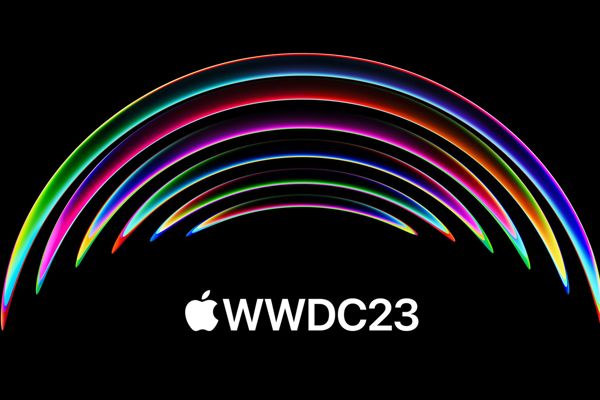
Apple's Self-Repair Program: A New Level of Disappointment

Apple's self-repair program has faced challenges since its launch, but the tech giant is committed to improving the initiative
Apple's self-service repair program, launched last year, aimed to make repairs on iPhones, Macs, and other Apple products more accessible. However, the program has encountered numerous issues since its inception, and the situation only seems to be deteriorating. Despite announcing its self-service repair program in November 2021, Apple only delivered the service in April 2022. Unfortunately, the experience has not been as straightforward as many had hoped. Customers are required to rent equipment from Apple for repairs and, in some cases, must contact a support number to authorize newly-installed parts even if they have an iFixit toolkit.
Regrettably, the repair program remains unhelpful despite being launched for some time. Even though the iPhone 14 series has been in the market for eight months, Apple has yet to provide official parts or repair manuals for the series. Additionally, there are no manuals or parts accessible for any Mac computers containing M2 chips, including the MacBook Air, MacBook Pro, and Mac Mini. The M2 MacBook Air, which is the oldest model in the list, was introduced ten months ago on July 15, 2022.
Furthermore, Apple’s self-repair program is limited to only a few Mac and iPhone models, and it does not include any iPads, Apple Watches, Apple TV, or other products that the company offers.
We have reached out to Apple for clarification on why the newer devices are excluded from the self repair program. We will update this article with their response, if and when we receive it. This decision only adds to the frustration of limited repair options and reinforces the notion of planned obsolescence. It is particularly disappointing given Apple's supposed commitment to environmental sustainability, which may be highlighted at the upcoming WWDC event.













